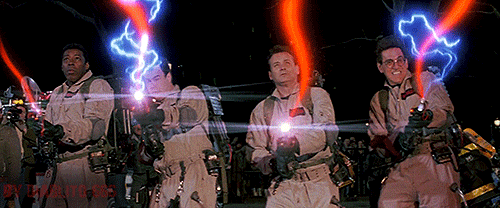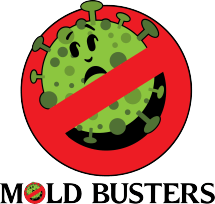The Fungi
What Kind of Mold is Dangerous in a House?
Here at Mold Busters we deal with a lot of fun guys fungi.
While there are all kinds of mold—inside and outside your home—we can’t list all of them in this post. But, here are our “Top Four Fungi Most Likely to Succeed Growing in Your House and that You Should Call Us to Get Rid of for You!”
First things first.
Mold grows naturally outside and is actually an important part of the ecosystem (and can be quite beautiful)…BUT mold can get in the house, through open windows, open doors, on people, things, and pets…so unless you live in a clean room, it’s inevitable that it’ll end up in your house at some point. How Bad is Mold in Your House? When mold DOES get in the house, it tries to keep doing its job, breaking stuff down, digesting organic material, you know, the usual stuff. So the problem comes when the mold keeps doing its thing but in the wrong ecosystem…your house!
So…What Kind of Mold is Dangerous in a House?
- ASPERGILLUS
There are over 200 kinds of Aspergillus, some of which are super toxic, and although the most common kinds are not as toxic, they can still cause health issues. HGTV explains that you can find Aspergillus on food and in air conditioning units. It’s fuzzy and comes in a wide array of colors. Treatment: CALL MOLD BUSTERS
- BASIDIOSPORES
Basidiospores is another type of mold that is a super common outside mold and can get carried into the house on a gust of wind. It is also associated with dry rot inside the home, so if you see clusters of them, it probably means you have a bigger issue than you think. It comes in colorless, black, pink, or white varieties. Treatment: CALL MOLD BUSTERS
- CLADOSPORIUM
Medical News Today explains that Cladosporium refers to a “genus of mold,” with at least 40 different types included. You can spot Cladosporium in the house on fabrics/textiles, on wood, carpets, under sinks, and in window sills. You can identify them by their clusters of black, yellow, or green spots. Treatment: CALL MOLD BUSTERS
- STACHYBOTRYS CHARTARUM “BLACK MOLD”
Black Mold is considered among the most dangerous of house molds. EmLabs explains that black mold feeds on cellulose (organic material) such as “wallboard, jute, wicker, straw baskets, and other paper materials.” Got Mold? adds gypsum (in drywall and sheetrock) and fiberboard (used in roof shingles) to the black mold’s menu. Black mold can be slimy and black or green or black and sooty. TREATMENT: CALL MOLD BUSTERS
If you would like to see pictures, we recommend heading over to Pure Maintenance in Jacksonville. They have some handy images and descriptions.
_ _ _ _ _ _ _ _ _ _ _ _ _ _ _
If you want to explore some of the other types of house mold, check out posts by Pure Maintenance. You can also check out this FUNGAL LIBRARY put together by EmLabs.
What to Do if there is Mold in Your House?
Give us a call or Vist our Website! We can set up an inspection, do a mold test, and come treat your home, office, warehouse, shed, cabin, salon, saloon, retail space, restaurant, hotel, RV, or any other vehicle.
SO…Who Ya Gonna Call??
MOLD BUSTERS

